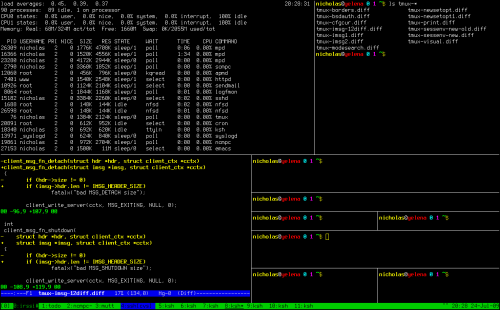I came across a good reminder of the operating system’s purpose in this Slashdot comment:
The point of an OS is to make the software independent of the underlying hardware. Windows lost that independence a LONG while ago (Windows NT / 95). Linux still has it because of the underlying design of the whole thing.
The same comment also brought back some memories of the times when I was working as a system administrator at what is now known as PrimeTel.
Move a Windows server – you can be in for a world of hurt unless you want to fresh-deploy it every time. Move a Windows-client, historically you’d be prepared for blue-screens because you have the “wrong” processor type (Intel vs AMD – requires disabling some randomly named service via the recovery console, for example), reinstalling the vast majority of the drivers (probably from a 640×480 safe mode) and even then can’t be guaranteed to get anything back and working – not to mention activation, DRM, different boot hardware (e.g. IDE vs SATA), etc.
Move a Linux server – unless your OWN scripts do something incredibly precise and stupid with an exact piece of hardware, it will just move over. At worst, you’ll have to reassign your eth ports to the names you expect using their MAC address (two seconds in Linux, up to 20 minutes in Windows and a couple of reboots).
It’s been a few years since I did that. But I remember vividly how we used to move servers from one piece of hardware to another, and since we used a mixture of Windows and Linux servers, the difference was obvious. With everything else being equal, we could migrate a dozen of Linux servers in two-three hours, moving them in parallel. Windows machines took days and had to be approached with very little concurrency.
